Kepulauan Bangka Belitung
Bangka Belitung Islands
Bangka Belitung Islands
Bumi Serumpun Sebalai - The same root, the same place
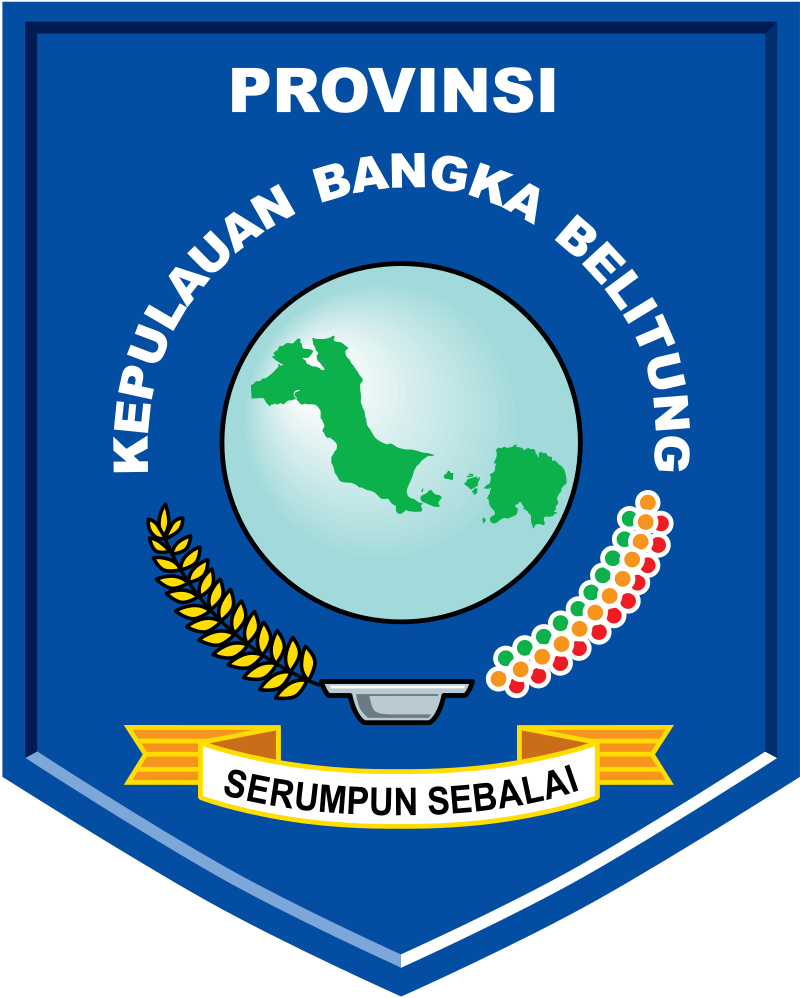 The Bangka Belitung Islands (Indonesian: Kepulauan Bangka Belitung) is a province of Indonesia. Situated off the southeastern coast of Sumatra, the province comprises two main landmasses—Bangka and Belitung—and numerous smaller islands. Bangka Belitung is bordered by the Bangka Strait to the west, the Natuna Sea to the north, the Java Sea is to the south and the Karimata Strait to the east. The province’s capital and largest city is Pangkal Pinang. Bangka Belitung covers an area of 16,424.06 km2 (6,341.37 sq mi) and has a population of 1,455,678 according to the 2020 census.
The Bangka Belitung Islands (Indonesian: Kepulauan Bangka Belitung) is a province of Indonesia. Situated off the southeastern coast of Sumatra, the province comprises two main landmasses—Bangka and Belitung—and numerous smaller islands. Bangka Belitung is bordered by the Bangka Strait to the west, the Natuna Sea to the north, the Java Sea is to the south and the Karimata Strait to the east. The province’s capital and largest city is Pangkal Pinang. Bangka Belitung covers an area of 16,424.06 km2 (6,341.37 sq mi) and has a population of 1,455,678 according to the 2020 census.
Historically, Bangka Belitung has been part of the kingdoms of Sriwijaya, Majapahit and Palembang, before becoming a colony of foreign empires (Dutch, British and Japanese). Bangka Belitung was a residency within the Dutch East Indies. Upon the independence of Indonesia, the region was administered as part of the province of Sumatra and subsequently of South Sumatra. Bangka Belitung officially became the 31st province of Indonesia in 2000.
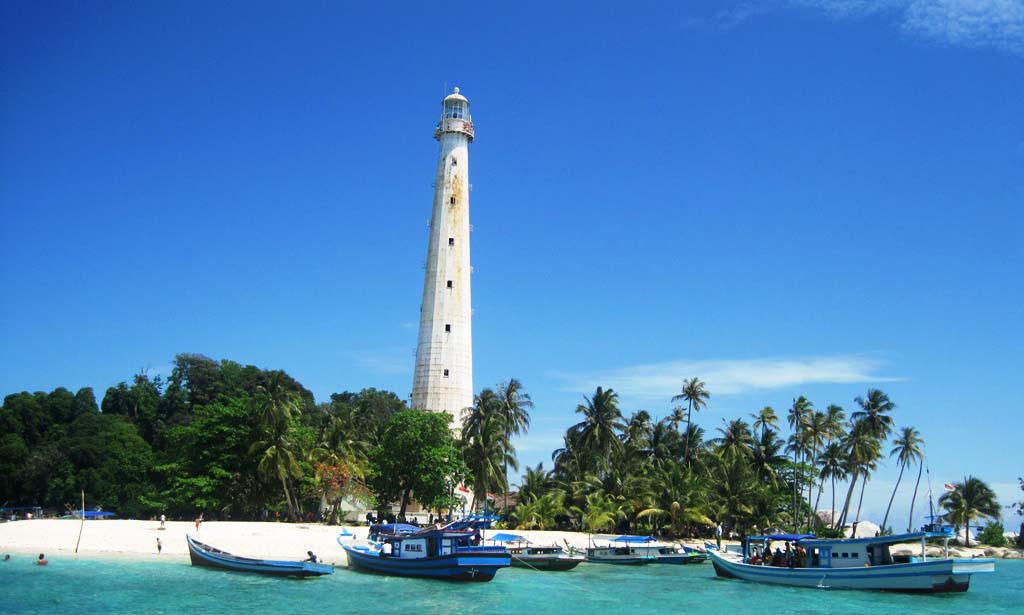 Etymology
Etymology
The name “Bangka” is derived from the word wangka (वन्च, ‘vanca’) meaning “tin” in Sanskrit, because this region is indeed rich in tin mining. The name “Wangka” first appeared along with the name “Swarnabhumi” in the Indian literary book Milindrapantha from the 1st Century BC.
Swarnabhumi is identified as the island of Sumatra, the strong allegation that the so-called “Wangka” is the island of Bangka. Louis-Charles Damais, in his book Epigraphy and History of the Nusantara, affirms that Bangka comes from the word vowel (vanca).
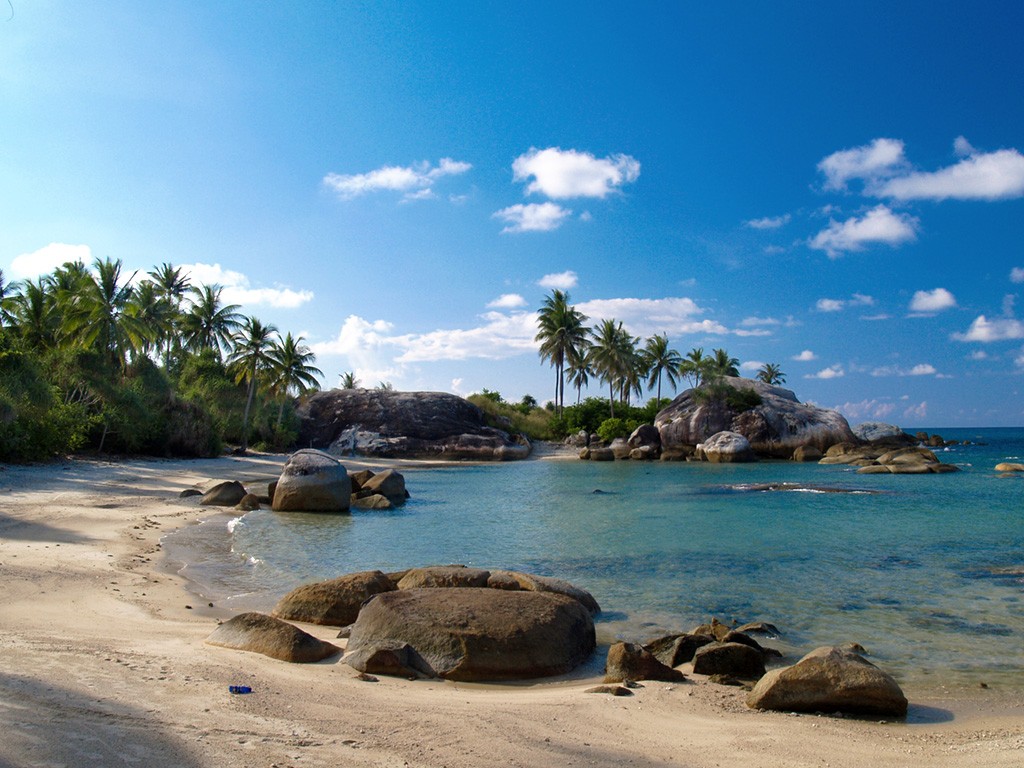 The name “Belitung” is derived from Billitonite meaning the Black Meteorite in Dutch, which is commonly found in the island of Belitung. This stone itself was discovered at the time of tin mining in Belitung.
The name “Belitung” is derived from Billitonite meaning the Black Meteorite in Dutch, which is commonly found in the island of Belitung. This stone itself was discovered at the time of tin mining in Belitung.
Later on, Dutch academics writing in East Indies publications began named the island Billitonite or Billiton. Nowadays, Billitonite or Black Meteorite, is a distinct souvenir from Belitung Island.
 History
History
Bangka Belitung is an area that has a unique range of cultures and languages. Just like other provinces in Indonesia, Bangka Belitung has served as European and Japanese colonies.
Prior to the colonies era, Bangka Belitung has become part of several kingdoms in Sumatra and Java. Sriwijaya and Majapahit are the kingdoms who settled Bangka Belitung to expand their power.
Bangka Belitung province was created as the 31st province by the Government of the Republic of Indonesia based on Law No. 27 of 2000, having been formerly part of the South Sumatra province. The provincial capital is Pangkalpinang.
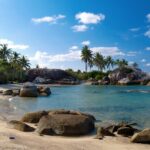
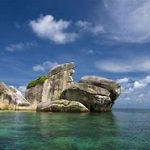
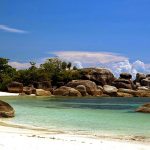
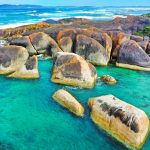
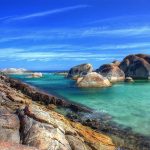
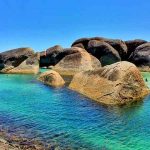
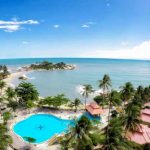
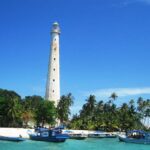












 Geography
Geography
Bangka Belitung is entirely surrounded by water. It is bordered by Natuna Sea to the north, Karimata Strait to the east, Java Sea to the south and Bangka Strait to the west. The natural state of Bangka Belitung province is largely a plateau, valley and a small portion of the mountains and hills.
Lowland altitude average of about 50 metres (160 ft) above sea level and altitude mountain areas among others to Mount Maras reach 699 metres (2,293 ft) in Belinyu District, Bangka. Mount Tajam Kaki height is approximately 500 metres (1,600 ft) above sea level on the island of Belitung.
 As for the hilly areas like Bukit Menumbing reaches a height of approximately 445 metres (1,460 ft) in the Bukit Nenas and Mangkol district with a height of about 395 metres (1,296 ft) above sea level in the Pangkalan Baru district.
As for the hilly areas like Bukit Menumbing reaches a height of approximately 445 metres (1,460 ft) in the Bukit Nenas and Mangkol district with a height of about 395 metres (1,296 ft) above sea level in the Pangkalan Baru district.
Soil in Bangka Belitung generally have a pH or acidic soil reaction averaging below 5, but has a very high aluminium content. Within it are various minerals, such as tin, sand, quartz sand, granite, kaolin, clay, and others.
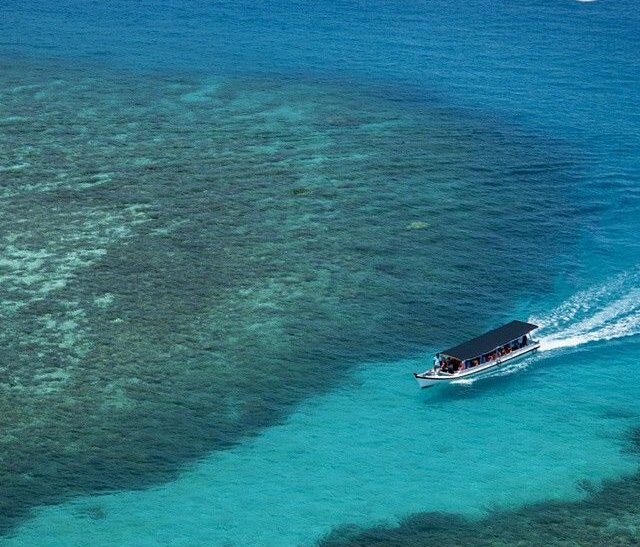 The province is connected by sea waters and small islands. Overall land and water Bangka Belitung is an integral part of the plains of Sunda, so that its waters are part of the Sunda Shelf with a sea depth of no more than 30 meters.
The province is connected by sea waters and small islands. Overall land and water Bangka Belitung is an integral part of the plains of Sunda, so that its waters are part of the Sunda Shelf with a sea depth of no more than 30 meters.
As the water area, Bangka Belitung has two types of waters, namely the open waters and semi-enclosed waters. Open water contained around Bangka island located to the north, east and south of the island of Bangka. While there is a semi-enclosed waters in the straits and bays Kelabat Bangka in Bangka North. Waters on the island of Belitung is generally open.
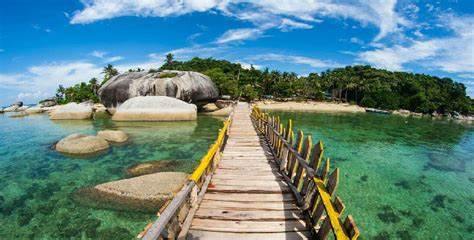 In addition, as the territorial waters of the sea, the area of Bangka Belitung Island also has many rivers such as Baturusa, Layang, Manise, and Kurau rivers.
In addition, as the territorial waters of the sea, the area of Bangka Belitung Island also has many rivers such as Baturusa, Layang, Manise, and Kurau rivers.
Bangka Belitung has various kinds of quality wood that is traded outside the region, such as pelawan, meranti, ramin, mambalong, mandaru, bulin and kerengas. Other forest plants found in the island are keramunting, buk-buk, mate ayem, kapuk, jelutung, pulai, gelam, meranti rawa, mentagor, mahang, various species of mangrove, and others.
Other forest products are natural honey and rattan. Bangka Belitung is also known for its bitter honey. Fauna in Bangka Belitung have more common similarities with the fauna in the Riau Archipelago and Peninsular Malaysia than with Sumatra. Some of the animals that can be found in Bangka Belitung are deer, wild boar, beruk, eagle, weasel, and hare, among others.
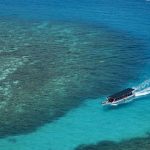
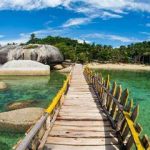
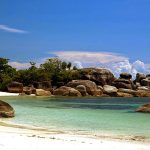
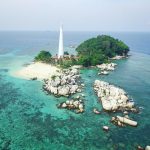
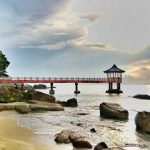
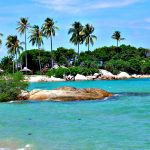












 Demographics
Demographics
The population of Bangka Belitung Province in 2010 (SP2010) amounted to 1,223,296 inhabitants showed 36.06 percent increase from 2000, with a population of 899 095 inhabitants (the results of the 2000 Population Census). The population increased to 1,455,678 at the 2020 Census. The local Malay who lived in the province are locally called “Melayu Bangka & Melayu Belitung”.
The population density Bangka Belitung province in 2020 reached 88.6 people per km2; when seen by district / city, Pangkalpinang had the highest density of 2,444.8 people per km2 and East Belitung District had the lowest density of 50.7 people per km2.
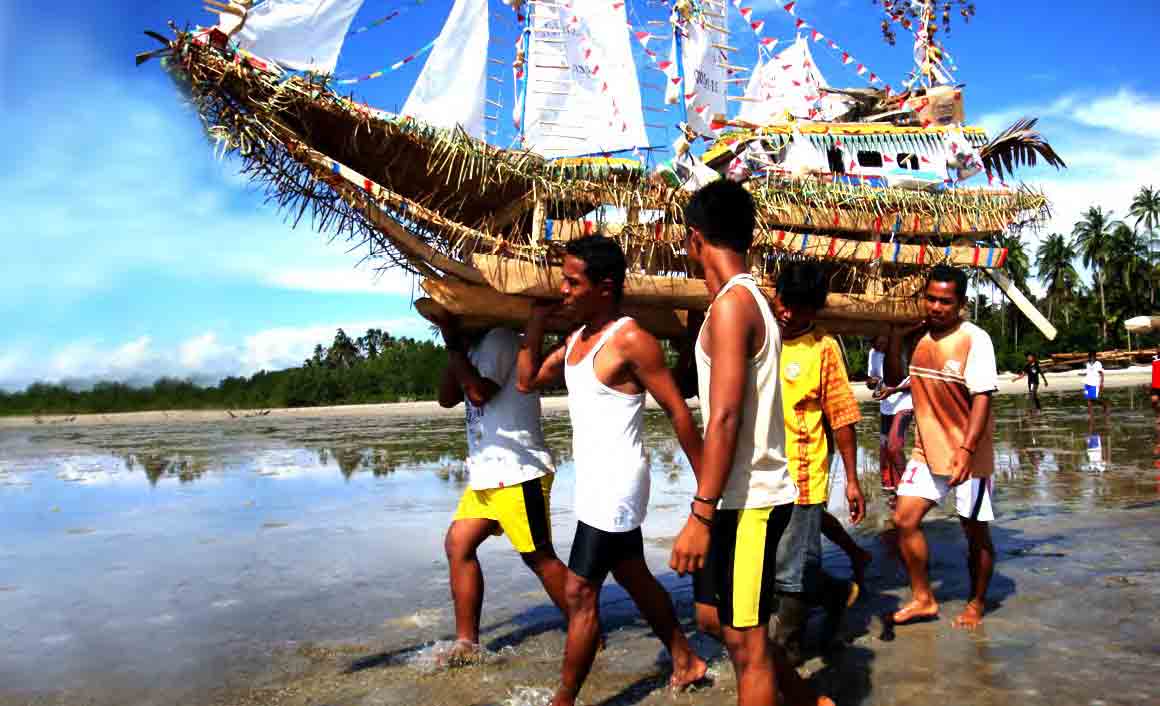 Ethniciy. The inhabitants of Bangka Island and Belitung Island originally inhabited by the Orang Laut, in the course of a long history formed the process of culture and acculturation. The Orang Laut themselves came from various islands.
Ethniciy. The inhabitants of Bangka Island and Belitung Island originally inhabited by the Orang Laut, in the course of a long history formed the process of culture and acculturation. The Orang Laut themselves came from various islands.
The Malay is the largest ethnic group in the province. They form around 52.5% of the total population. The Malays are mostly concentrated around the interior of Bangka and Belitung. The Malay are divided into the Bangka Malay and the Belitung Malay. These 2 group are slightly different ranging from their culture to their language.
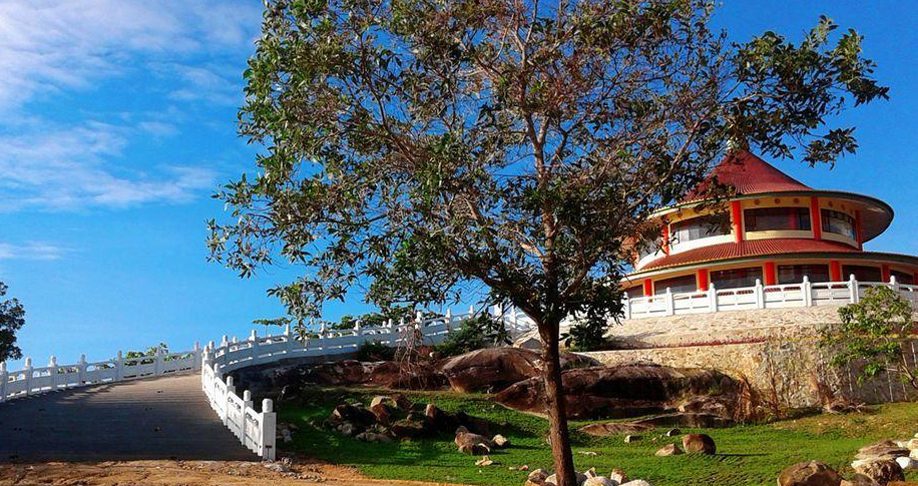 The second largest ethnic group is the Chinese, forming around 29.1% of the total population. The Chinese are mostly concentrated in the coastal part of Bangka and Belitung or urban areas. The rest of the population consist of immigrants from other parts of Indonesia such as the Javanese, Minangkabau and the Bugis.
The second largest ethnic group is the Chinese, forming around 29.1% of the total population. The Chinese are mostly concentrated in the coastal part of Bangka and Belitung or urban areas. The rest of the population consist of immigrants from other parts of Indonesia such as the Javanese, Minangkabau and the Bugis.
Religion. Based on the Population Census in 2015, the percentage of religion in Bangka Belitung is Muslim 88.71%, Buddhist 4.49%, Christianity 3.37% (Protestant 2.06% and Roman Catholic 1.31%), Confucian 3.30% and Hindu 0.09%.
Bangka Belitung has 730 mosques, 87 Protestant churches, 30 Catholic churches and 48 monasteries. Number of pilgrims registered and departed to Mecca in 2007 as many as 1012 pilgrims.

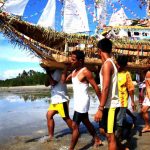
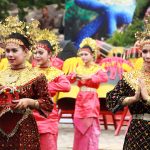






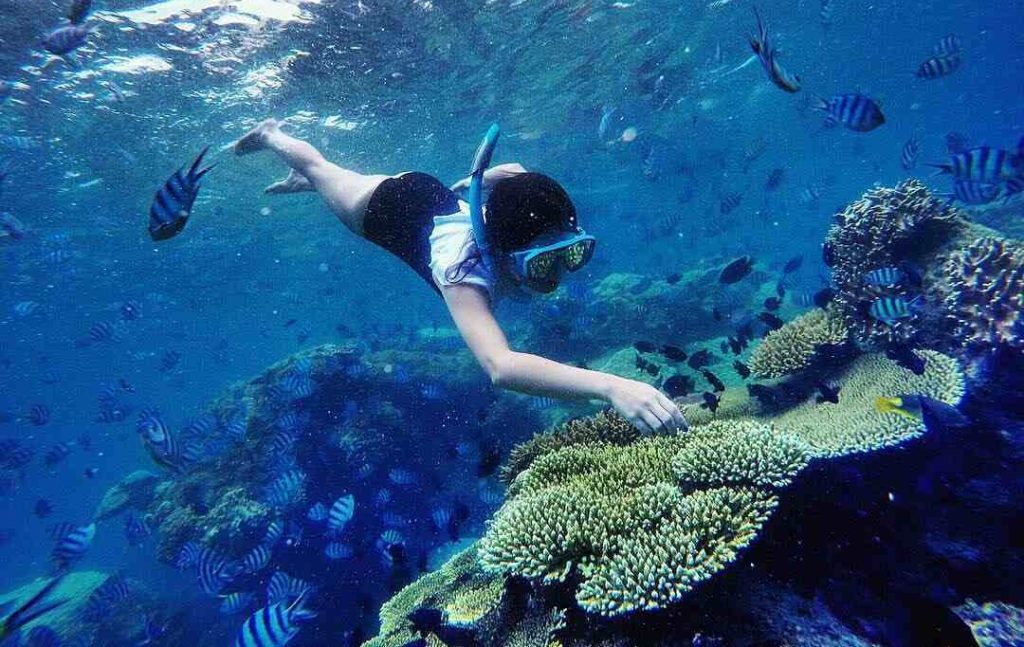 Tourism
Tourism
Bangka Belitung has numerous beaches and several small islands. Some beaches are famous for their natural attractiveness with blue sea waters, variety of coral reefs, white sand, and giant granite rock formations. Thus, Bangka Belitung beaches have attracted tourists from around the world.
Some of the well-known beaches in Bangka Island are Pasir Padi, Matras, Parai Tenggiri, Tanjung Pesona, Rambak, Teluk Limau, Teluk Uber, Tanjung Penyusuk, Tanjung Kalian and Tanjung Kerasak.
Some of the beaches in Belitung Island are Tanjung Kiras, Tanjung Pendam, Tanjung Tinggi, Tanjung Kelayang Beach, Tanjung Binga, Panyaeran Beach, Tanjung Kubu, Teluk Gembira, and Tanjung Ru Beach. Most of the beaches in Belitung features the sites for diving, scuba, snorkeling, fishing and sailing.
Kabupaten & Kota
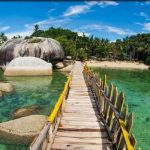
Pangkalpinang
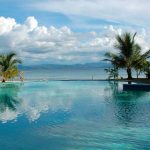
Bangka Barat

Bangka
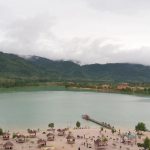
Bangka Tengah
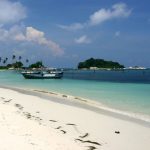
Bangka Selatan
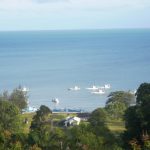
Belitung Timur
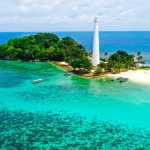
Belitung

Pangkalpinang

Bangka Barat

Bangka

Bangka Tengah

Bangka Selatan

Belitung Timur

Belitung

Pangkalpinang

Bangka Barat

Bangka

Bangka Tengah

Bangka Selatan
